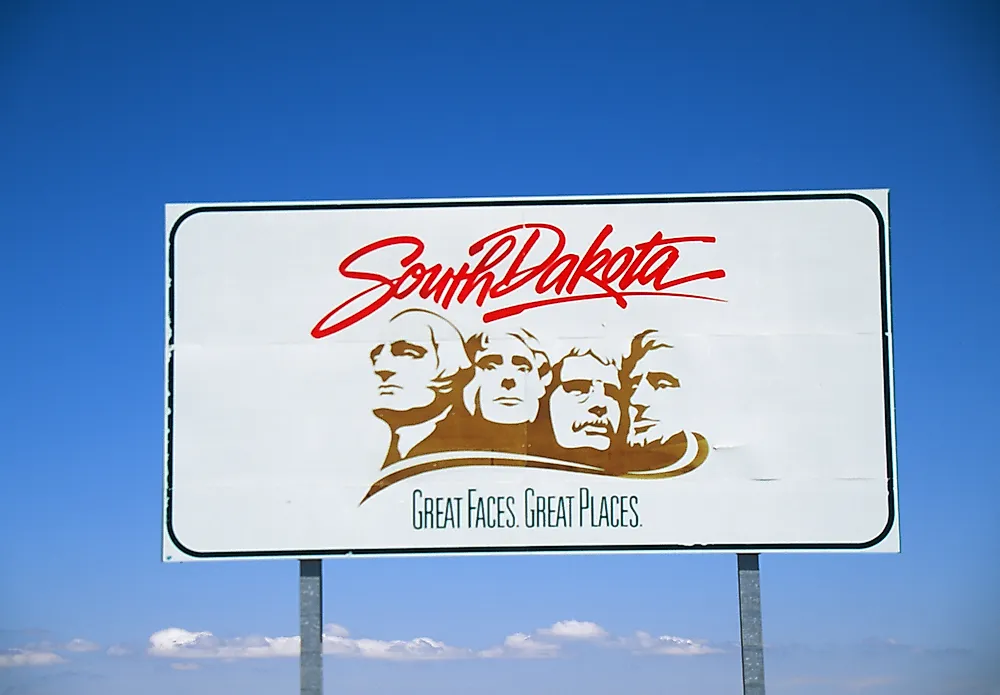Why Is There a North and South Dakota?

South Dakota and North Dakota were both admitted to the union on November 2, 1889. The two states are the 17th and 19th largest states in the country by area respectively. They are among the five least populated and sparsely populated states in the US. However, South Dakota is more populated than North Dakota. North and South Dakota are in a region called the Great Plains. The two states have a lot in common including history, geography, demographics, and economy. Their histories predate their formation and admission to the union. The two states once formed a single territory known as Dakota Territory.
Dakota Territory
Dakota was an incorporated territory of the US that existed from 1861 to November 2, 1889, when the territory was split into two and admitted to the union as South and North Dakota. The territory also included the parts of Montana and Wyoming. It was expected that the territory of Dakota would eventually become a US state upon meeting critical requirements including drafting a state constitution and attaining the required population. However, the territory was split into two, North Dakota and South Dakota, and the two were admitted to the union as independent states on November 2, 1889.
Why Were North and South Dakota Admitted Separately?
The differences in trade routes and the size of population are considered the two major factors that led to the splitting of Dakota. Regional government politics also played a significant role in the separation. Population-wise, population, the southern part had attained a population of about 98,000 by 1880 compared to 37,000 in the north. By that time, the south had the required population to be admitted to the union on its own.
One year after the formation of the territory of Dakota, the Homestead Act was passed. The new law was intended to boost settlement in the west. North and South Dakota were connected to several business hubs by railroads. The northern part of Dakota was closely tied to Minneapolis while the southern part was tied by trade to Sioux City. The north and south had divergent economic ties with residents less connected to each other.
Politically, the federal government appointed the legislators. The legislators only remained in the region while they were in office and left immediately at the end of their terms. The southern region resented these legislators. Some of the legislators were also very corrupt including Nehemiah Ordway who relocated the capital from Yankton in the South to Bismarck in the north. The move fueled outcry from the south. The controversy led to the splitting of the Dakota Territory into two, north and south, in 1889 and the two were admitted to the union the same year.
Why Did They Both Keep the Name Dakota?
South Dakota wished to be refereed to simply as “Dakota” while the northern would become the territory of Pembina and ultimately the state of Lincoln. However, Dakota was already a trademark name and neither of the regions wanted to let go of it. Thus, the two states were admitted as South and North Dakota. Interestingly, it is not clear which of the two states was admitted first although North Dakota is considered the 39th state. It is said that President Harrison shuffled the paper first before blindly signing.











